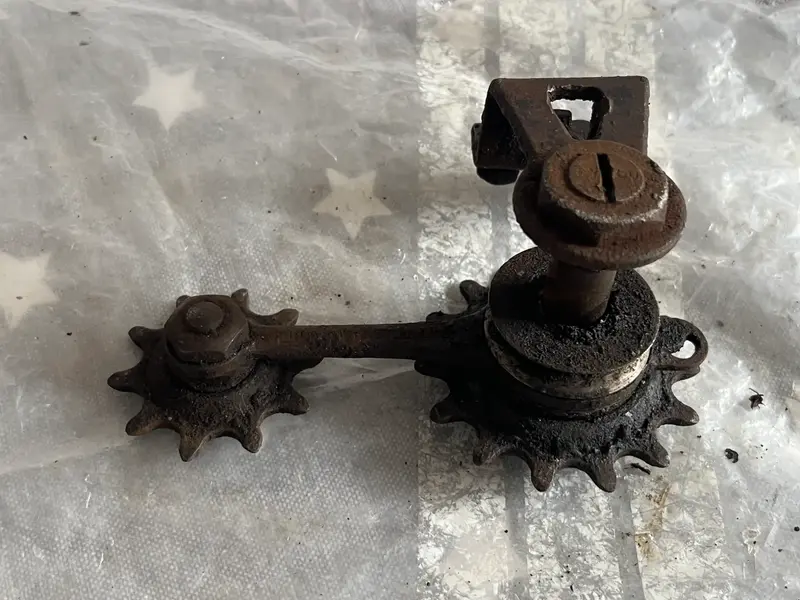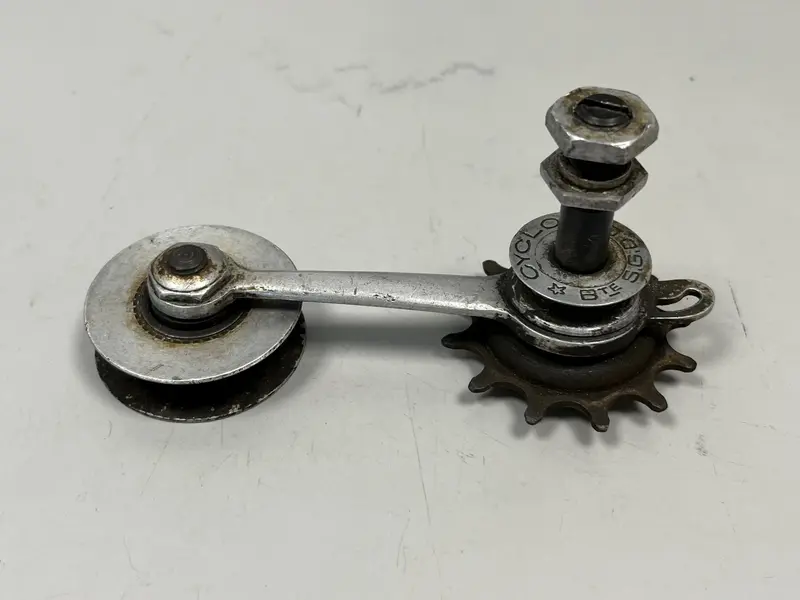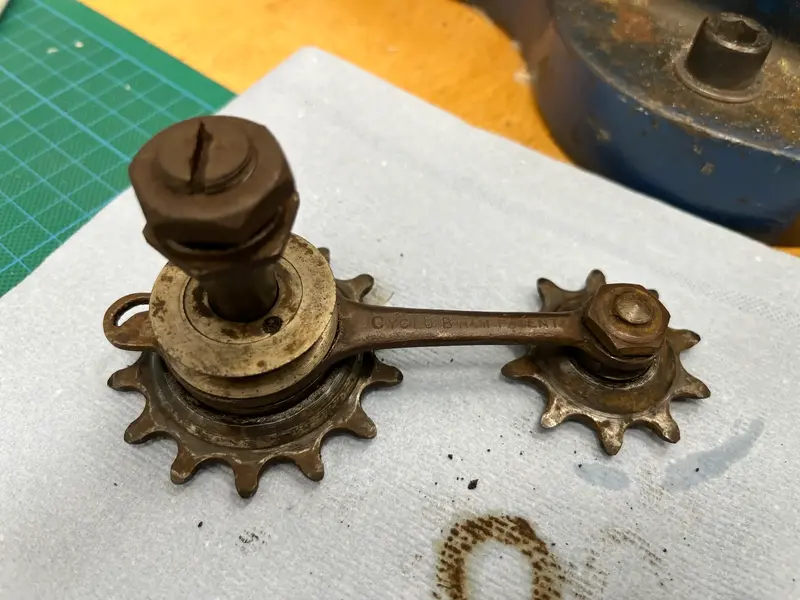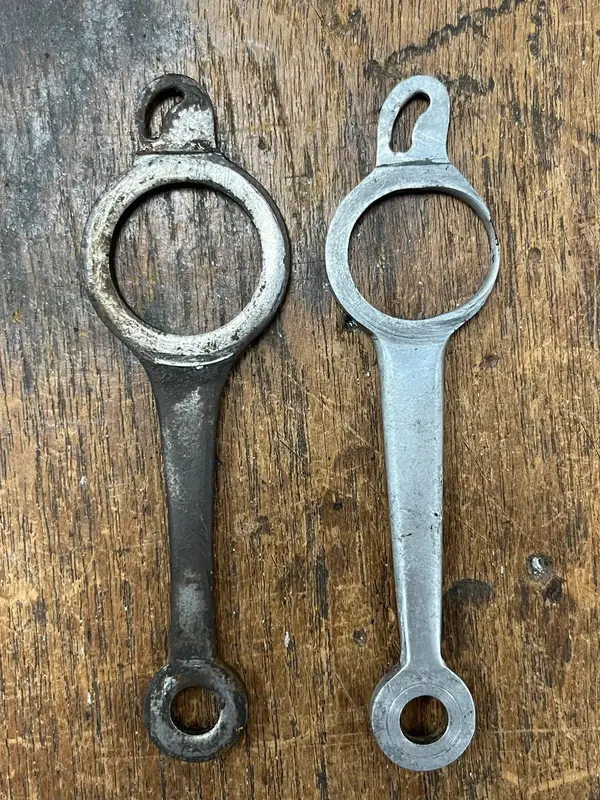Jonny69
Senior Retro Guru
They’re Michelin World Tour 650B x 35Really cool. What size (and width) tyres are they?
They’re Michelin World Tour 650B x 35Really cool. What size (and width) tyres are they?



Potentially yes to all of that. We know that early on English riders weren’t keen on alloy components because they could be fragile compared to steel counterparts. The steel Cyclo could either have been a cheaper model or it could have been the same thing but destined for the UK market?So if I get this right, an AL and Steel version was on the market at the same time? Compatible fittings and possibly cross compatible gubbins?



